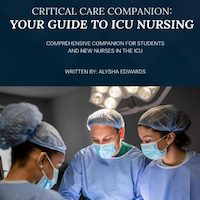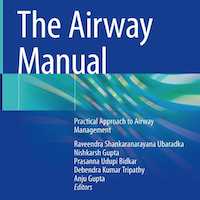Stories Category: Intensive Care
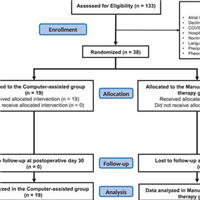
Computer-assisted Individualized Hemodynamic Management Reduces Intraoperative Hypotension
In patients having intermediate- to high-risk surgery, computer-assisted individualized hemodynamic management significantly reduces intraoperative hypotension compared to a manually controlled goal-directed approach. All... read more
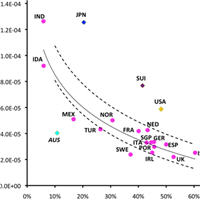
Full Vaccination Suppresses COVID-19 Delta Variant Mutation Frequency
This study presents the first evidence that full vaccination against COVID-19 suppresses emergent mutations of SARS-CoV-2 delta variants. An evolution algorithm, Tajima's D test with a threshold value as -2.50, can provide... read more

Diagnostic Errors in Pediatric Critical Care
Knowledge of diagnostic errors in the PICU is limited. Future work to understand diagnostic errors should involve a balanced focus between studying the diagnosis of individual diseases and uncovering common system- and process-related... read more
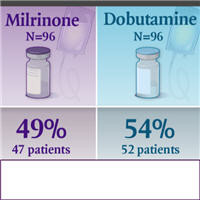
Milrinone vs. Dobutamine in the Treatment of Cardiogenic Shock
In patients with cardiogenic shock, no significant difference between Milrinone and Dobutamine was found with respect to the primary composite outcome or important secondary outcomes. A total of 192 participants (96 in... read more

NIH-convened Expert Panel Proposes Standardized Definition of Placental COVID-19 Infection
A panel of experts convened by the National Institutes of Health has recommended standardized criteria to define infection of the placenta with SARS-CoV-2, the virus that causes COVID-19. The panel also offers guidance... read more

Use of Bivalirudin for Anticoagulation in Pediatric ECMO
This study describes the use of bivalirudin in children on extracorporeal membrane oxygenation (ECMO). Pediatric patients receiving bivalirudin were compared to patients receiving heparin as the anticoagulant on ECMO. Data... read more
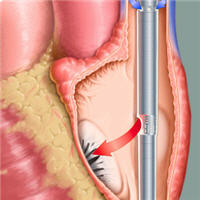
Expanding ECMO Cannulation Strategies in Neonatal Respiratory Failure
Infants with refractory respiratory failure who require extracorporeal membrane oxygenation (ECMO) have traditionally been cannulated via the venoarterial route or by using a dual-lumen venovenous cannula in the right internal... read more

Should We Prolong the Observation Period for Neurological Recovery After Cardiac Arrest?
Up to 9.6% of cardiac arrest patients with favorable outcomes recover consciousness after the recommended 7 days of observation, indicating the observation time of 7 days seems justified but longer duration may be needed.... read more

Variations in End-of-Life Practices in ICUs Worldwide
Limitation of life-sustaining therapies is common worldwide with regional variability. Withholding treatment is more common than withdrawing treatment. Variations in type, frequency, and timing of end-of-life decisions were... read more

Imputation Strategies for Missing Baseline Neurological Assessment Covariates After TBI
Statistical models for outcome prediction are central to traumatic brain injury (TBI) research and critical to baseline risk adjustment. Glasgow coma score (GCS) and pupil reactivity are crucial covariates in all such models... read more

COVID-19, Online Shaming, and Health-care Professionals
Stigma and shame have been features of past pandemics. The stigma associated with disease can be experienced as shame by those who spread it. In almost all human cultures, there is shame attached to being “contaminated”,... read more

Junior Doctors Write to Young People to Acknowledge Vaccine Concerns
A group of junior doctors from Scotland have written to young people in their age group to try to ease concerns they may have about receiving the covid-19 vaccine. In an open letter sent on Friday 6 August the doctors,... read more

RECOVERY-RS trial finds CPAP reduces need for invasive ventilation in hospitalised COVID-19 patients
The NIHR-supported Respiratory Strategies in COVID-19; CPAP, High-flow, and Standard Care (RECOVERY-RS) trial has demonstrated that treating hospitalised COVID-19 patients who have acute respiratory failure with continuous... read more
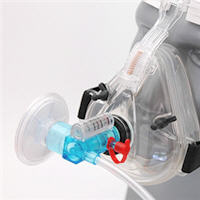
Adaptive Randomized Controlled Trial of Non-invasive Respiratory Strategies in ARF Patients with COVID-19
Continuous positive airway pressure (CPAP), compared with conventional oxygen therapy, reduced the composite outcome of intubation or death within 30 days of randomisation in hospitalized adults with acute respiratory failure... read more
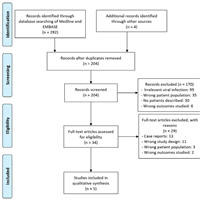
Cystic Fibrosis in the COVID-19 Pandemic
Severe acute respiratory syndrome coronavirus 2 (SARS-CoV-2) infection and the development of life-threatening COVID-19 are believed to disproportionately affect certain at-risk populations. However, it is not clear whether... read more

Red Book: Report of the Committee on Infectious Diseases
Extending an 8-decade tradition of excellence, Red Book® provides the most reliable and clinically useful information on the manifestations, etiology, epidemiology, diagnosis and treatment of more than 200 childhood infectious... read more

Progressive Increase in Virulence of COVID-19 Variants
The progressive increase in transmissibility and virulence of SARS-CoV-2 VOCs will result in a significantly larger, and more deadly, pandemic than would have occurred in the absence of variants of concern (VOC) emergence. The... read more


